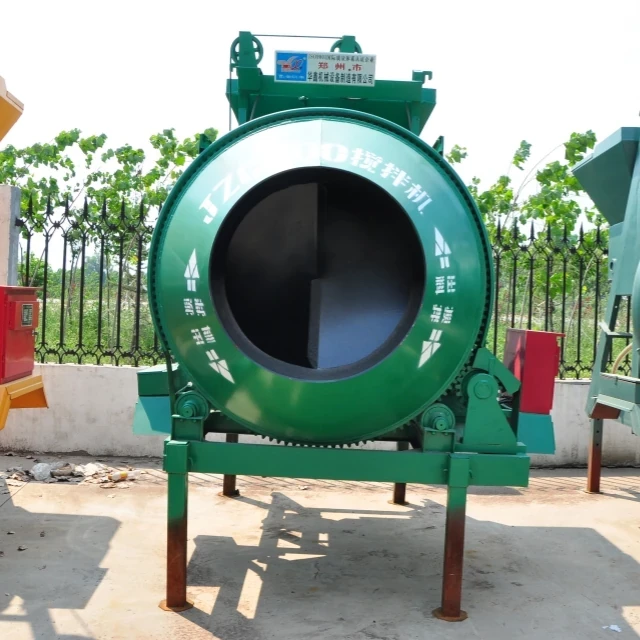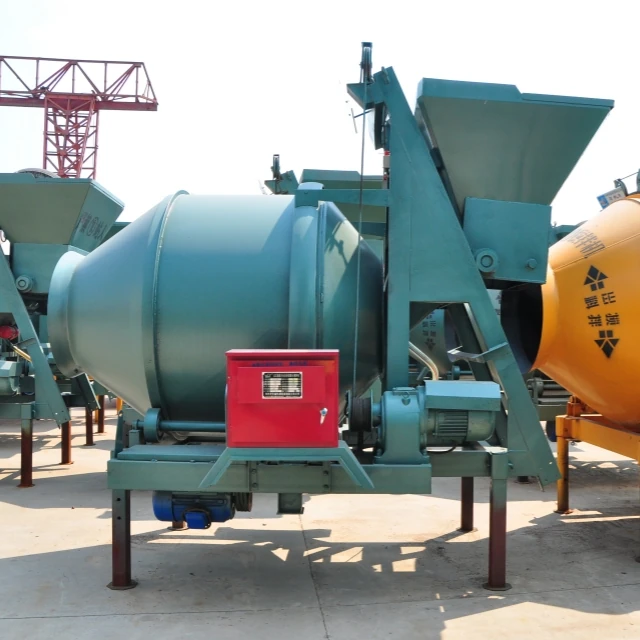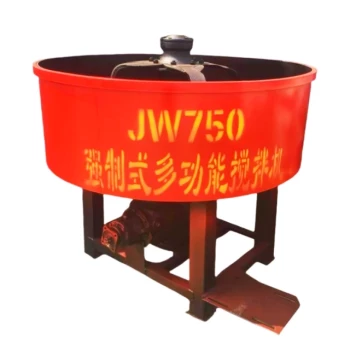Introduction
Achieving consistent mortar quality requires mastering the delicate balance of material ratios, mixing dynamics, and environmental factors. This guide breaks down the critical parameters that influence mortar performance—from hydration control to homogeneity metrics—and provides actionable strategies for real-time adjustments. Whether you're managing precast concrete production or cold-weather operations, these evidence-based methods will help you minimize deviations and maximize structural integrity.
Key Parameters Impacting Mortar Quality
Hydration Control: Water-Cement Ratio and Temperature
The water-cement (w/c) ratio is the backbone of mortar strength. Too much water weakens the mix, while too little hampers workability. Research shows that a 0.4–0.6 w/c ratio typically balances these needs, but adjustments are necessary for:
- High-temperature environments: Evaporation rates may require incremental water additions.
- Admixture use: Plasticizers can reduce water demand by up to 15%.
Temperature also dictates hydration speed. For every 10°C increase, setting time halves. Ever wondered why summer pours crack more often? Rapid hydration from heat creates uneven curing.
Homogeneity Metrics: Mixing Time and Blade Speed
Uniformity hinges on two factors:
- Mixing time: Under 2 minutes risks clumping; over 5 minutes introduces air voids.
- Blade speed: Optimal ranges vary by mixer type:
- Twin-shaft mixers: 25–30 RPM
- Planetary mixers: 15–20 RPM
Pro Tip: Garlway’s industrial mixers integrate tachometers to monitor blade speed in real time, preventing overmixing.
Real-Time Monitoring and Adjustment Strategies
Sensor-Driven Thresholds for Early Deviation Detection
Modern batching plants use:
- Moisture sensors: Detect water content variations beyond ±0.5%.
- Load cells: Track material weight discrepancies during feeding.
When sensors flag anomalies, automated systems can:
- Adjust water pumps
- Trigger additional mixing cycles
Corrective Actions for Common Production Scenarios
| Scenario | Immediate Action | Long-Term Fix |
|---|---|---|
| High slump | Reduce water by 2% | Calibrate moisture sensors |
| Cold weather ( | Use heated aggregates | Store admixtures indoors |
Did you know? Cold weather can delay setting by 200%, requiring accelerant admixtures.
Case Studies in Parameter-Driven Quality Optimization
Overmixing Risks in Precast Concrete Applications
A precast manufacturer using Garlway mixers reduced bubble formation by:
- Limiting mixing to 3.5 minutes
- Installing blade-wear sensors (worn blades increase mixing time by 20%)
Result: 12% fewer surface defects in finished panels.
Admixture Dosage Recovery in Cold Weather Operations
A Canadian contractor avoided winter slump loss by:
- Pre-heating water to 40°C
- Using temperature-stable superplasticizers
Key Takeaway: Real-time data logging helped them fine-tune admixture doses to within ±0.1% accuracy.
Conclusion: Building Precision into Every Batch
Mortar quality isn’t luck—it’s the science of controlling variables. By mastering hydration ratios, mixing kinematics, and sensor-driven adjustments, teams can cut rework rates and enhance durability. For operations relying on Garlway equipment, leveraging built-in monitoring tools (like RPM gauges and load cells) turns reactive fixes into proactive quality assurance.
Actionable Steps:
- Audit your current w/c ratios with slump tests.
- Validate mixing times against ASTM C1387 standards.
- Implement at least one real-time sensor (e.g., moisture or temperature).
When parameters are precise, mortar performs.
Note: All recommendations align with Garlway’s construction machinery capabilities, ensuring seamless integration into existing workflows.
Related Products
- Ready Mixer Machine for Construction Ready Mix Machinery
- Hydraulic Concrete Mixer Machine Cement Mixing Equipment for Mixture Concrete
- Portable Concrete Mixer Machine Equipment for Mixing Concrete
- Commercial Construction Mixer Machine for Soil Cement Mixing Concrete
- JZC500 Large Cement Mixer Machine Price for Concrete Mix
Related Articles
- How to Test Concrete Mixer Brake Systems for Optimal Safety and Compliance
- How to Master Concrete Mixer Operation: Training, Certification, and Safety Protocols
- How to Choose Concrete Mixers for Long-Term Reliability and Cost Savings
- How to Classify and Resolve Concrete Mixer Hazards with Compliance
- How to Conduct OSHA-Compliant Concrete Mixer Inspections: A Safety-First Checklist





















